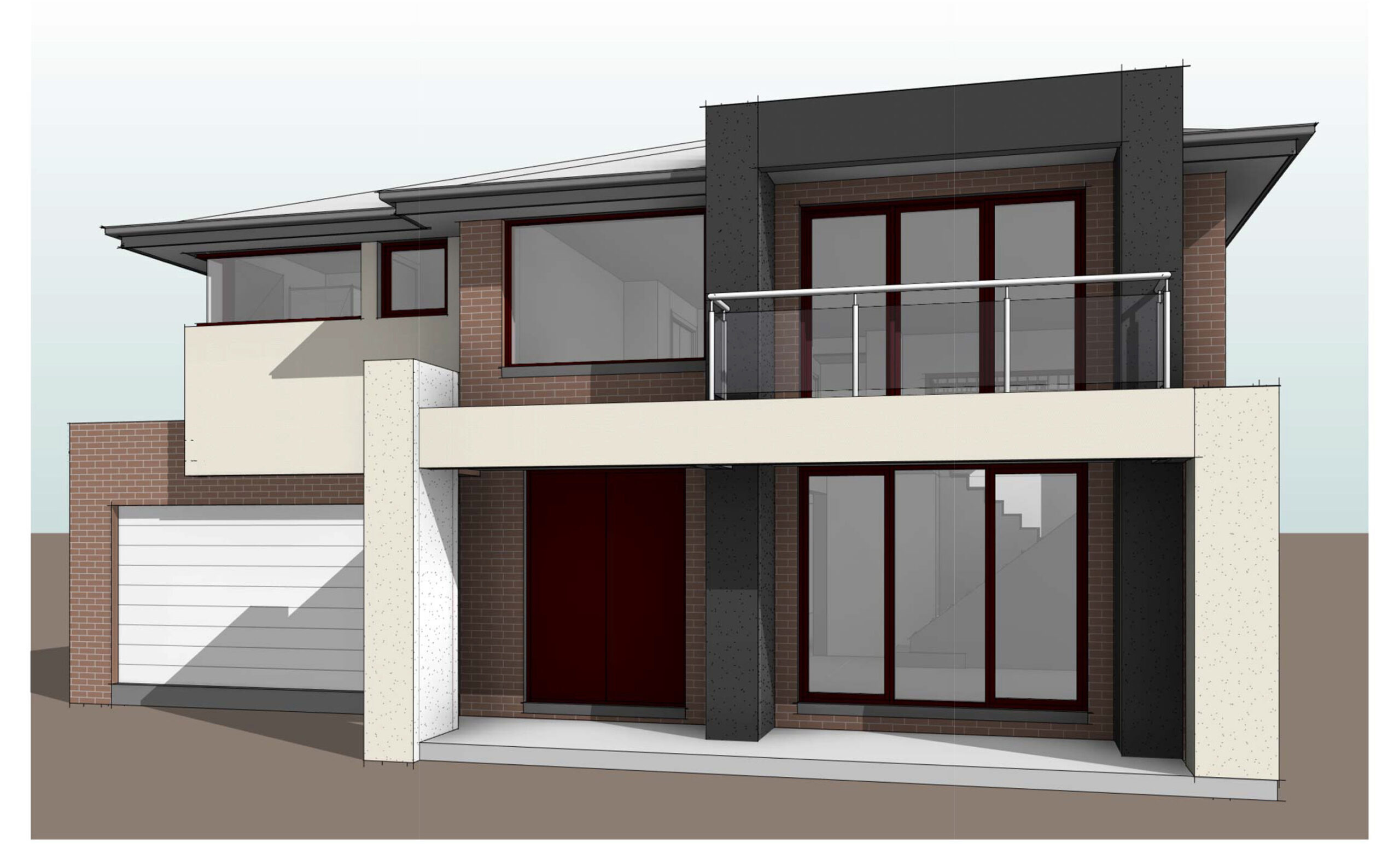Outsource Architectural Design and Drafting: A Comprehensive Guide
Posted on : Feb 13, 2023
At some point, every architectural firm will face a dilemma: should they keep all design and drafting work in-house, or outsource some of it? It’s a question that requires careful consideration, as there are pros and cons to both approaches. In this comprehensive guide, we’ll explore the benefits and drawbacks of outsourcing architectural design and drafting, as well as offer some tips on how to choose the right outsourcing partner for your firm.
What is Architectural Design and Drafting?
Architectural design and drafting is the process of creating technical drawings and plans for building construction or renovation projects. It involves using computer-aided design (CAD) software to create detailed 2D and 3D models of a building’s structure, systems, and components.
The Pros of Outsourcing Architectural Design and Drafting
Outsourcing architectural design and drafting can offer several benefits to architectural firms, including:
Cost Savings: Outsourcing can be significantly cheaper than hiring full-time in-house staff, as firms can pay for only the services they need, rather than having to pay salaries and benefits.
Increased Efficiency: Outsourcing can allow firms to focus on their core competencies, while leaving design and drafting to specialized professionals. This can result in faster turnaround times, increased accuracy, and improved quality of work.
Access to Specialized Skills: Outsourcing can provide firms with access to specialized skills and expertise that may not be available in-house. This can be particularly beneficial for complex or highly technical projects.
Flexibility: Outsourcing can be a flexible solution, allowing firms to scale up or down as needed, without having to worry about the costs and logistics of hiring and firing staff.
The Cons of Outsourcing Architectural Design and Drafting
While outsourcing can offer significant benefits, it’s important to be aware of some potential drawbacks, including:
Communication Challenges: Outsourcing can sometimes lead to communication challenges, particularly if the outsourcing partner is located in a different time zone or speaks a different language.
Quality Control: Outsourcing can also pose quality control challenges, as firms may not have as much control over the design and drafting process as they would with in-house staff.
Intellectual Property Concerns: Outsourcing can raise intellectual property concerns, particularly if the outsourcing partner has access to sensitive or proprietary information.
Cultural Differences: Outsourcing partners may have different cultural norms and expectations, which can sometimes create challenges when working together.
How to Choose an Outsourcing Partner
Choosing the right outsourcing partner is crucial for ensuring a successful partnership. Here are some tips on how to select the right outsourcing partner for your firm:
Look for a Partner with Experience: Look for an outsourcing partner with experience in the architectural design and drafting industry. They should have a strong track record of delivering high-quality work on time and on budget.
Check their Credentials: Make sure to check their credentials and certifications, as well as any references or testimonials from previous clients.
Consider Communication: Communication is key in any outsourcing partnership. Make sure your outsourcing partner has clear and efficient communication channels, and those they are able to understand and communicate effectively in your language.
Analyse their Capabilities: Analyse their technical capabilities, including their software expertise and their ability to handle different types of projects and designs.
Assess their Cultural Compatibility: Make sure to assess their cultural compatibility, and that their working style and values align with your firm’s culture.
Conclusion
Outsourcing architectural design and drafting can offer significant benefits to architectural firms, including cost savings, increased efficiency, access to specialized skills, and flexibility. However, it’s important to be aware of some potential drawbacks, such as communication challenges, quality control issues, and intellectual property concerns.




